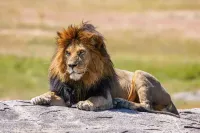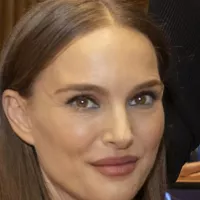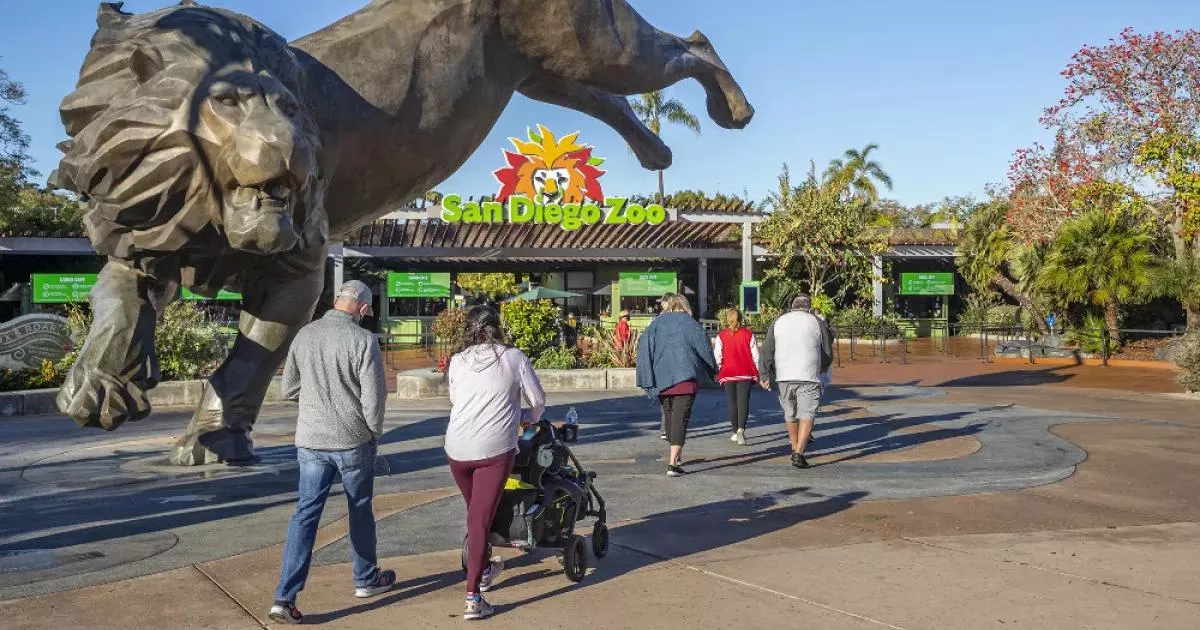The San Diego Zoo, located in Balboa Park, San Diego, California, originated from animals remaining after the 1915 Panama-California Exposition. Founded by Dr. Harry M. Wegeforth, it is renowned for pioneering open-air, cage-less exhibits, designed to replicate natural habitats for its diverse animal collection. The zoo is a major attraction contributing to conservation efforts.
Mentioned in this timeline
California is a U S state on the Pacific Coast...

The lion Panthera leo is a large cat species native...
Germany officially the Federal Republic of Germany is a Western...
Africa is the second-largest and second-most populous continent comprising of...
China officially the People's Republic of China PRC is an...

Xi Jinping is the paramount leader of China holding the...
Trending

Kyle Van Noy is an American football linebacker currently playing for the Baltimore Ravens He played college football at BYU...

Ja'Marr Chase is a highly accomplished American football wide receiver currently playing for the Cincinnati Bengals in the NFL He...

4 months ago Travis Hunter's College GPA Sparks Buzz After NFL Debut; Coach Praises Skillset.

2 months ago Natalie Portman: Ahsoka Season 2 Theory, Miss Dior Essence, AI Actress Controversy.

6 months ago Jennifer Garner and John Miller share passionate kiss; Ben Affleck spotted solo.

Matthew Vincent Milano is an American football linebacker who currently plays for the Buffalo Bills in the NFL His college...
Popular

Candace Owens is an American conservative political commentator and author...

Ilhan Omar is an American politician currently serving as the...

XXXTentacion born Jahseh Dwayne Ricardo Onfroy was a controversial yet...

Tom Cotton is an American politician and Army veteran currently...

Kelsey Grammer is an accomplished American actor producer and singer...
The Kennedy Center Honors are annual awards recognizing individuals and...
